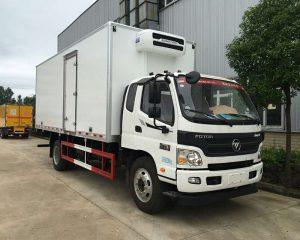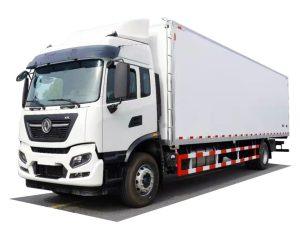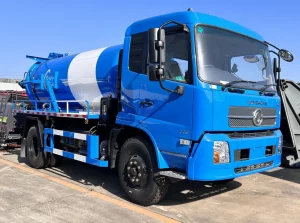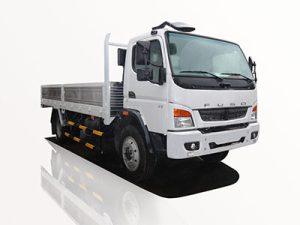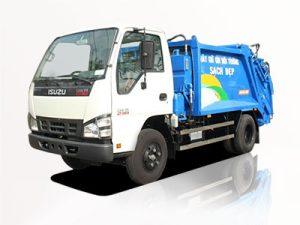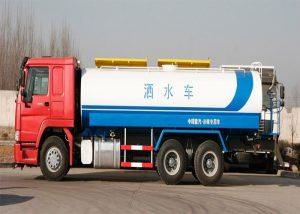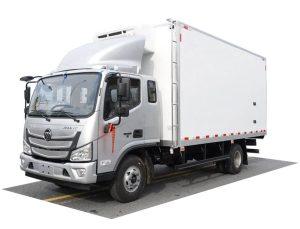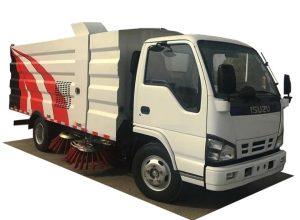Monday to Saturday - 8:00 -17:30
Big Truck Rental: Your Comprehensive Guide to Choosing the Right Vehicle
When it comes to moving heavy items or transporting goods, the need for a big truck rental service can’t be overstated. Whether you’re a business looking to move equipment, a contractor transporting materials, or an individual planning a move, understanding how to navigate the big truck rental landscape is crucial. This guide aims to provide you with everything you need to know about big truck rentals, from the types of trucks available to how to get the best deals and tips for a smooth rental experience.
Understanding Big Truck Rental
Big truck rental refers to the process of renting larger vehicles, typically trucks, that are designed for transporting heavy loads. These trucks come in various sizes and types to cater to different needs, ranging from moving housewares to transporting large furniture or construction materials.
The Importance of Choosing the Right Truck
Choosing the right truck is essential for ensuring that your belongings are safely transported. An incorrect choice might lead to damages or extra costs. Therefore, understanding the types of trucks available is the first step in making an informed decision.
Types of Big Trucks Available for Rental
1. Box Trucks
Box trucks are designed with a cube-shaped cargo area. They are ideal for moving household items or business goods.
- Common Sizes: 10 ft, 14 ft, 16 ft, 20 ft.
- Payload Capacity: Typically between 3,000 to 10,000 lbs.
2. Flatbed Trucks
Flatbed trucks have an open cargo area and are perfect for transporting large and heavy materials such as lumber or machinery.
- Common Sizes: 14 ft, 16 ft, 20 ft.
- Payload Capacity: Weight capacity can exceed 15,000 lbs.
3. Cargo Vans
Cargo vans are smaller than box trucks and are often used for local deliveries and smaller moves.
- Common Sizes: 10 ft, 12 ft.
- Payload Capacity: Typically around 3,500 lbs.
4. Moving Trailers
These can be attached to vehicles and are suitable for DIY movers who prefer to drive their vehicle.
- Common Sizes: 5×8 ft, 6×12 ft.
- Payload Capacity: Usually between 1,800 to 4,000 lbs.
How to Rent a Big Truck
Renting a big truck involves several essential steps. Here’s a comprehensive breakdown.
1. Determine Your Needs
Evaluate what you need to transport, considering the size and weight of your items. This step will help you select the appropriate truck size.
2. Research Rental Companies
There are various rental companies such as U-Haul, Penske, Rider, and Budget. Research their offerings, prices, and customer reviews to find a reliable service.
3. Compare Prices and Terms
Prices can vary widely between companies, especially during peak moving seasons. Look for additional fees and understand the rental terms.
4. Make a Reservation
Once you find the right company at a suitable price, make a reservation in advance to secure the truck for your needs.
5. Inspect the Truck Before Renting
Inspect the truck for any pre-existing damage and ensure that all parts, including lights and brakes, are functioning properly.
6. Understand Insurance Options
Look into insurance options. Many rental companies provide coverage that can protect you from costs related to damages or accidents.
The Cost of Big Truck Rentals
Understanding the costs associated with big truck rentals can help in planning and budgeting accurately.
Rental Fees Breakdown
| Cost Type | Description | Typical Amount |
|---|---|---|
| Base Rate | Daily rental fee for the truck | $19.99 – $39.99/day |
| Mileage Fees | Cost per mile driven (if not included) | $0.59 – $0.99/mile |
| Insurance Costs | Coverage for damages | $15 – $40/day |
| Fuel Charges | Cost of refueling upon return | Varies |
| Late Fees | Charges for returning the truck late | $20 – $100 |
Tips for a Smooth Truck Rental Experience
1. Plan Ahead
Make arrangements well in advance, particularly during peak moving seasons such as summer or holidays.
2. Load Strategically
Distribute the weight evenly in the truck to ensure safe transport. Consider placing heavier items at the bottom.
3. Check Local Regulations
Understand any local regulations concerning large vehicle rentals, especially for city transport or parking.
4. Keep Rental Agreement Handy
Always keep a copy of the rental agreement and contact information for the rental agency in case of emergencies.
Returning the Truck
Returning the truck is just as vital as the rental process. Here are some important points to keep in mind.
1. Refuel
Most rental companies require you to return the truck with a full tank of gas. Be sure to refuel before returning to avoid additional charges.
2. Clean Out the Truck
Remove all your belongings and clean the interior to avoid cleaning fees.
3. Perform a Final Inspection
Inspect the truck one last time for damages to avoid disputes upon return.
4. Return on Time
Make sure to return the truck at the agreed time to avoid late fees.
Frequently Asked Questions (FAQs)
1. How old do you have to be to rent a big truck?
Generally, you need to be at least 21 years old to rent a big truck, but it can vary by company.
2. Do I need a special driver’s license?
For most big trucks less than 26,000 lbs, a standard driver’s license is sufficient. However, check local laws for clarification.
3. Is insurance necessary when renting a big truck?
Insurance is not mandatory but recommended to cover damages, accidents, or theft during the rental period.
4. Can I reserve a truck online?
Yes, most rental companies offer online booking. It’s often more convenient and can help secure better rates.
5. What should I do if I break down?
Contact the rental company immediately for guidance and follow their instructions regarding roadside assistance.
6. Are there additional fees associated with renting a big truck?
Yes, you may incur extra fees for mileage, fuel, insurance, and late returns. Always read the rental agreement for full disclosure.


